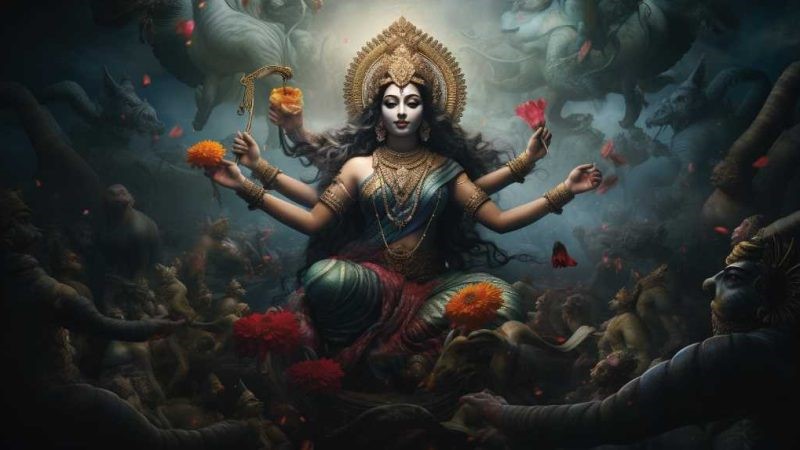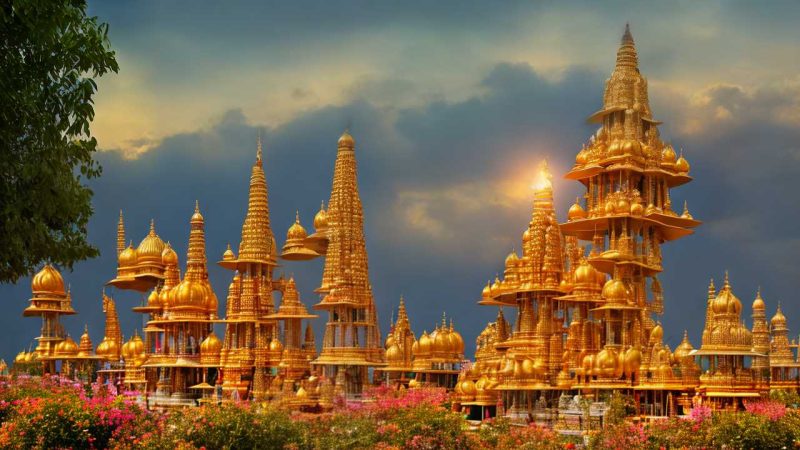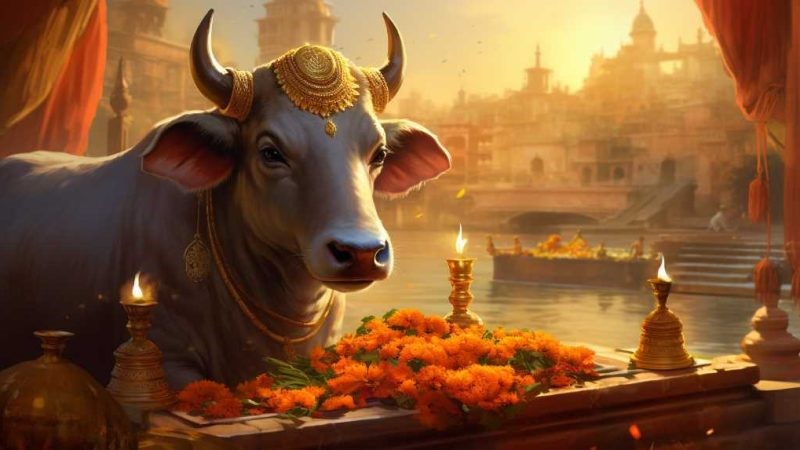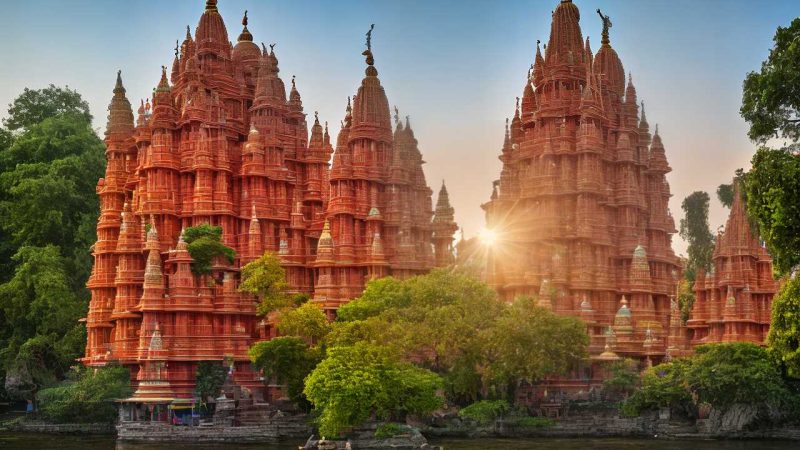Counting the Divine How Many Hindu Temples Are There in World
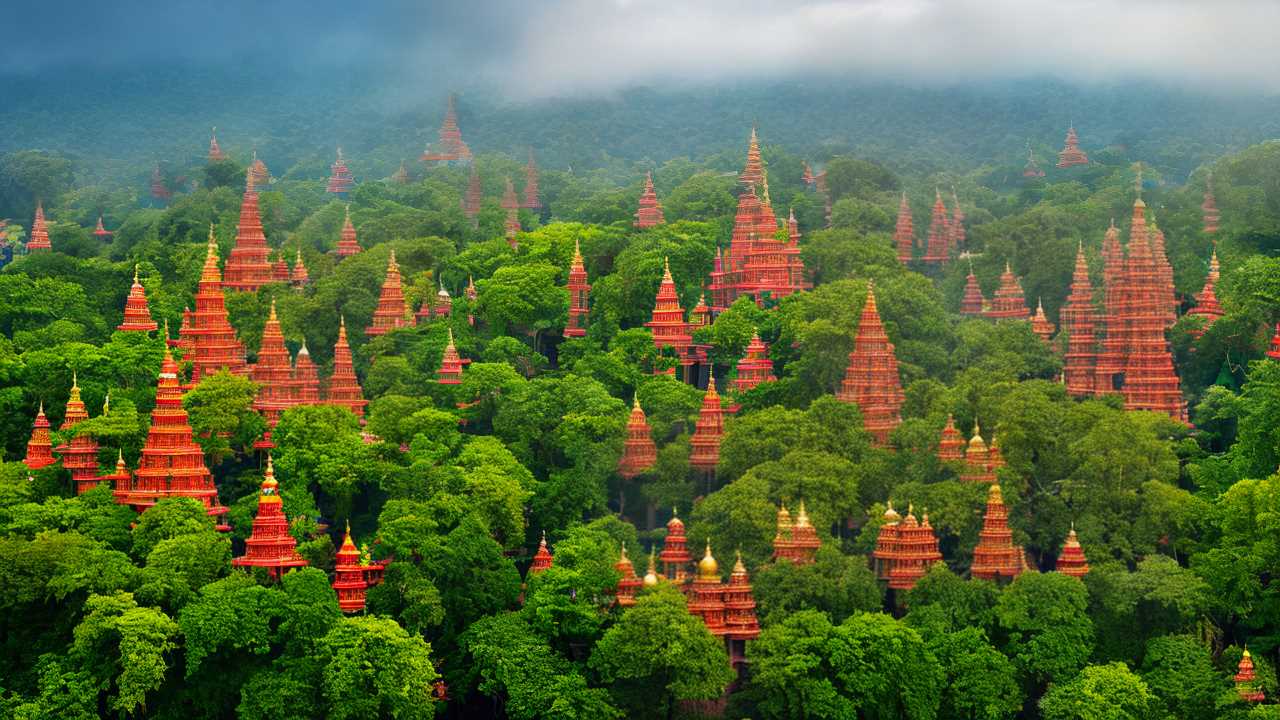
When trying to figure out how many Hindu temples there are around the world, it’s a really tough job. It’s not just about counting; it’s about understanding the history of Hinduism and how it’s spread across the world.
Hindu temples can be found everywhere, from the impressive Angkor Wat in Cambodia to the peaceful island of Bali, and even in busy cities like London and Toronto. Each temple looks different and honors different gods, showing how Hinduism has changed to fit different cultures.
When people try to list all these holy places, they run into problems. For example, there’s no agreement on what exactly makes a building a temple, records are often incomplete, and some temples aren’t even officially recognized.
We don’t have an exact number of Hindu temples in the world, which shows how mysterious and wide-ranging the Hindu faith is. This encourages those interested in the religion to explore and understand how far-reaching its influence is.
The Challenge of Counting Temples
It’s tough to know exactly how many Hindu temples there are in the world. This is because not all temples are officially recorded, especially the small ones or those that people have set up in their homes. Also, new temples are being built all the time, and old ones might be getting fixed up or used for something else.
What people think of as a temple can also be very different – some are big buildings, while others might just be a special place that has been blessed. To really understand how many temples there are, we need to look at the whole picture and remember that Hinduism means different things to different people.
Historical Spread of Hinduism
Hinduism has spread far and wide over the years, reaching different parts of the world and taking on local flavors. It first grew beyond India through business and cultural links, especially with Southeast Asia. There, its impact is clear from the ancient temples and customs that have Hindu influences. British colonialism and the movement of workers under contracts also took Hinduism to places like the Caribbean, Africa, and Fiji. Nowadays, Hindu communities in Western countries are growing because of immigration.
Why does this matter? Well, the way Hinduism has spread shows how flexible the religion is. It can mix with different cultures but still keep its basic beliefs. This is why it’s hard to count all the Hindu temples around the world—they’re all different, depending on where they are.
Let’s make this simple – imagine Hinduism as a tree with many branches. Each branch represents the religion in a different place, and each one looks a bit different because it has adjusted to its environment. But they all come from the same roots. That’s the beauty of Hinduism – it changes with the world around it, yet stays true to its heart.
Major Hindu Temples Globally
Hindu temples around the world are important places for worship and are also impressive examples of the religion’s architecture and cultural spread. These buildings show the beauty and importance of Hindu worship and feature different architectural styles, such as Dravidian, Nagara, and modern designs.
For instance, Angkor Wat in Cambodia is not only the largest religious building in the world but also a sign of how far Hinduism has spread in the past. In India, the Tirumala Venkateswara Temple is famous for its rich Dravidian architecture and the holy figure worshiped there, drawing millions of people every year.
The Pashupatinath Temple in Nepal, which is protected as a World Heritage site, and the Sri Ranganathaswamy Temple in India, known for its detailed towers, show the deep artistic and spiritual history of Hinduism.
Understanding these temples helps us see the full range and importance of Hindu cultural traditions.
Regional Variations and Significance
Hindu temples are built for religious reasons, but their design and importance change depending on where they are. In South India, temples often have tall gates called gopurams and detailed halls called mandapas. Up north, you’ll see temples with tower-like shikharas that look like beehives. Over in Odisha, their Kalinga style temples have beautiful towers called rekha deuls and flat-roofed structures known as pidha deuls. Even outside of India, in places like Cambodia’s Angkor Wat, the temples mix local styles with Hindu themes, showing how Hindu traditions have spread and changed to fit new places.
Each type of temple design means something special to the people who live there. They’re not just different in looks; they show how people in that area think about and connect with their religion. For example, the tall gopurams in South India are not just impressive; they’re meant to draw people in and help them feel closer to the divine.
When you visit these temples, it’s like seeing a story told in stone about the people who built them and the beliefs they hold dear. Whether it’s the soaring towers in the south, the beehive domes in the north, or the intricate carvings in Odisha, each temple tells its own tale. And when you see temples outside of India, it’s clear that Hinduism has a wide reach, adapting to different cultures while keeping its core beliefs.
Estimating the Uncharted Sanctuaries
Exploring hidden Hindu sanctuaries gives us a glimpse into a part of spiritual history that’s not as well-known as the big temples we often hear about. It’s really hard to figure out how many of these secret places there are because they’re spread out and not always set up in official ways. Usually, local people build small shrines that don’t get officially recognized and therefore, they’re not counted. Also, places in nature that are holy, like special forests and trees, are important to the religion but they don’t usually get included in official numbers. If we used detailed maps from satellites and asked local people, we might get a better idea of how many there are. But because in Hinduism, any place can become holy if people worship there, it’s probably impossible to get an exact number.
In simple terms, these hidden spots are important because they show the diversity and richness of Hinduism that isn’t captured in popular images. To really understand how many there are, we need to use technology and local knowledge. But it’s a challenge because Hinduism allows for worship anywhere, which means new holy places can pop up all the time.
Conclusion
It’s really tough to count every single Hindu temple in the world because there are so many of them, they’re all different, and some haven’t been written down anywhere. But even so, these temples show just how widely Hindu culture has spread.
If experts keep studying and recording information about these places, we’ll learn a lot more about the beautiful buildings Hindus have made for worship and what these spaces mean to the people who use them.
Here’s an example to help explain this: Think about how someone might feel walking into a grand temple in Bali compared to a small shrine tucked away in a village in India. Both are important, but studying them helps us see the big picture of Hinduism and its traditions.


